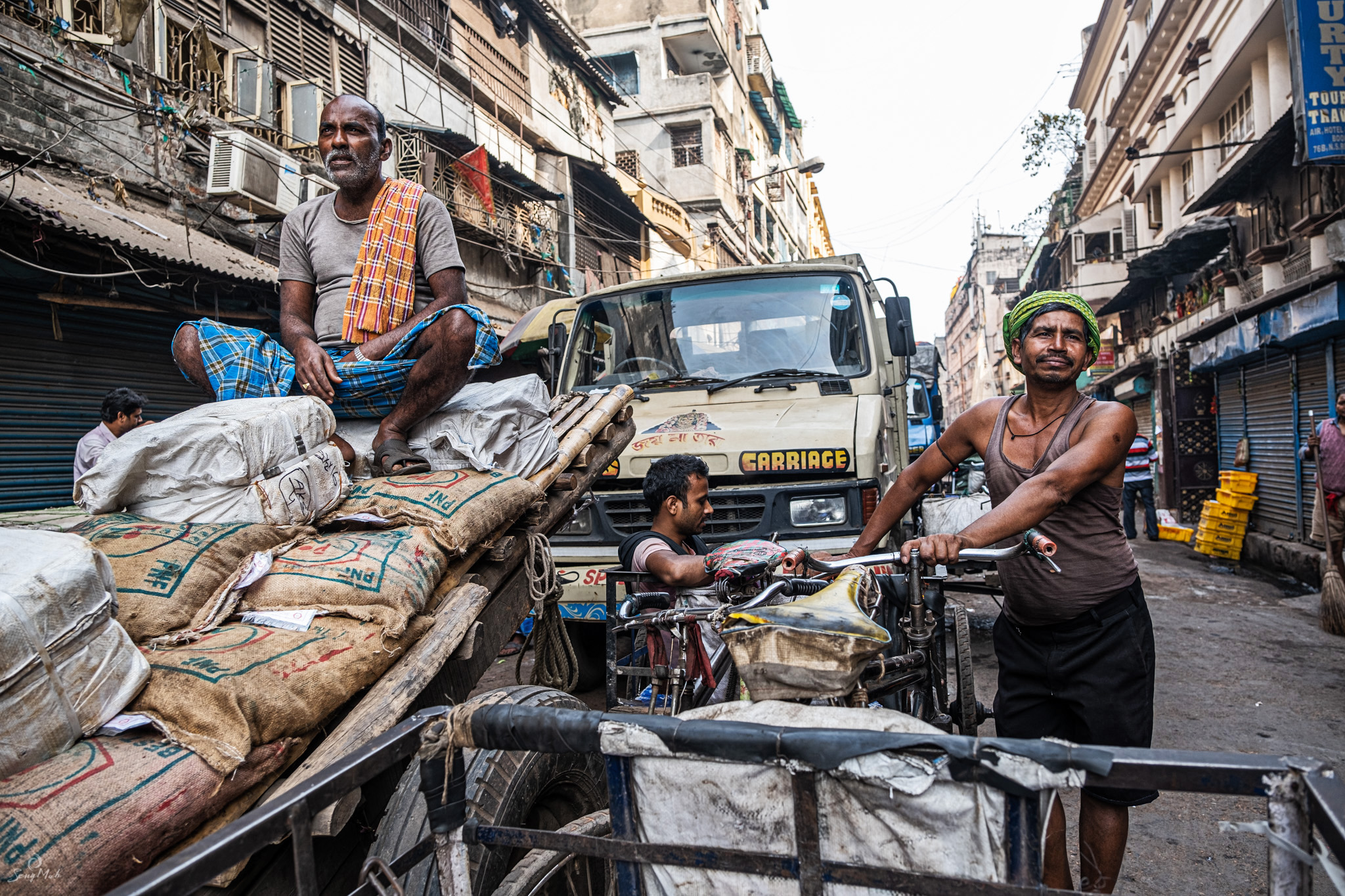The Power of Three: A Triangulated Compositional Outlook
When you take up photography, one of the key things you need to consider is the way you compose your image. Composition is about the placement and positioning of elements within your image so that, together, they create an impression on your viewer. Sometimes, this is about creating a sense of balance in the image, where elements counterbalance each other. At other times, it’s about leading the viewer’s eyes into the “depths” of the frame. And in other instances, composition can be used to create a sense of movement or rhythm in the frame.
As you begin your journey into photography, you’ll come across a host of different rules or guidelines of composition; many beginner photographers learn to use the “rule of thirds” to compose their image, or implement basic design principles such as using a frame within a frame, or compositing by using leading lines. All of these work, but at times, it feels as if the photographer has forced the picture so that it conforms with one of these “compositional rules”, which can often lead to repetitive and formulaic compositions.
I find that it’s easier to compose and frame using a method that’s more about using the elements in your frame, instead of imposing a design principle upon a scene you’re about to photograph. Using “the triangle” is a way of looking at a scene and finding three elements in the frame that can relate to each other to form an approximate “triangle”. There are benefits to using this “triangulated” approach to composition: in many instances, using a triangle also helps you create leading lines in your composition; or having three elements in the frame can help lead your viewer’s gaze into the depths of the frame.
So, how do you deploy “the triangle” when you’re photographing?
The scenes that you photograph can be varied — it might be a landscape, a street scene, an action shot and so on. Regardless of subject or scene, all you need to do is look for three elements in the frame that are important to what you want to say and to include them in your frame in a way that establishes a connection between the three elements. This takes the focus from your trying to fit a scene into a compositional guideline; instead it places importance on the decision-making process you make about fitting the three elements in the picture so that they connect meaningfully.
The example image below, taken in the streets of the city of Kolkata in India, shows a typical street barber. A scene like this can be photographed in many different ways, but using the “triangle”, I immediately honed in on identifying three elements in the scene — the barber, his customer and the reflection. So, I knew that the way I framed this scene would need to include all three elements. So, positioning myself, I simply waited for the right moment to happen before clicking the shutter. What’s the right moment? For me, it was timing the shot so that the barber was looking at the customer, and the customer’s face and gaze was visible in the mirror.

Here is another example, also taken at Kolkata, this time at the ghats near the Howrah Bridge. As the sun rose, I noticed that some of the men who tend to the temples at the ghats had descended the steps to the river and had started washing away the silt from the ghats. The light of the sun turned them into silhouettes and shone through the lunghi (waist wraps) that they wore. I was first drawn to the light, and then started looking for my three elements in the scene to include. I knew that I had to include the man and the bridge as both showed the moment and its location, so I then had to identify a third element. As part of the story that I was telling was what these men were doing, the third element was easy to identify — it was the “broom” that they used to clean the ghats. I just had to find an angle and moment that showed all three elements in one frame.

I also aligned the three elements in this frame so that they occupied different areas of “depth” in the picture, which then created a leading line that goes from the broom to the man to the bridge.
This triangular outlook can also work when shooting simple street scenes. In most cases, it’s about finding three elements and working them into your frame. In the example below, the three original elements were the man sitting on the left, the “Spider-man” effigy, and the sleeping dog. That the man bathing walked into the scene was a bonus as he’s close enough to the man located on the left that they visually form one element.

This composition works as each of the three elements occupies its own space within the picture, hence creating a balanced composition in the process.
Finally, deploying a triangulated approach to composing your scene doesn’t always have to focus on three separate elements. Sometimes, the placement of elements can encourage the viewer’s gaze along a particular path that completes the appearance of a triangle.

Have a look at some of the compositions below and see if you can identify the way the triangle has been used to compose them?




No Comments